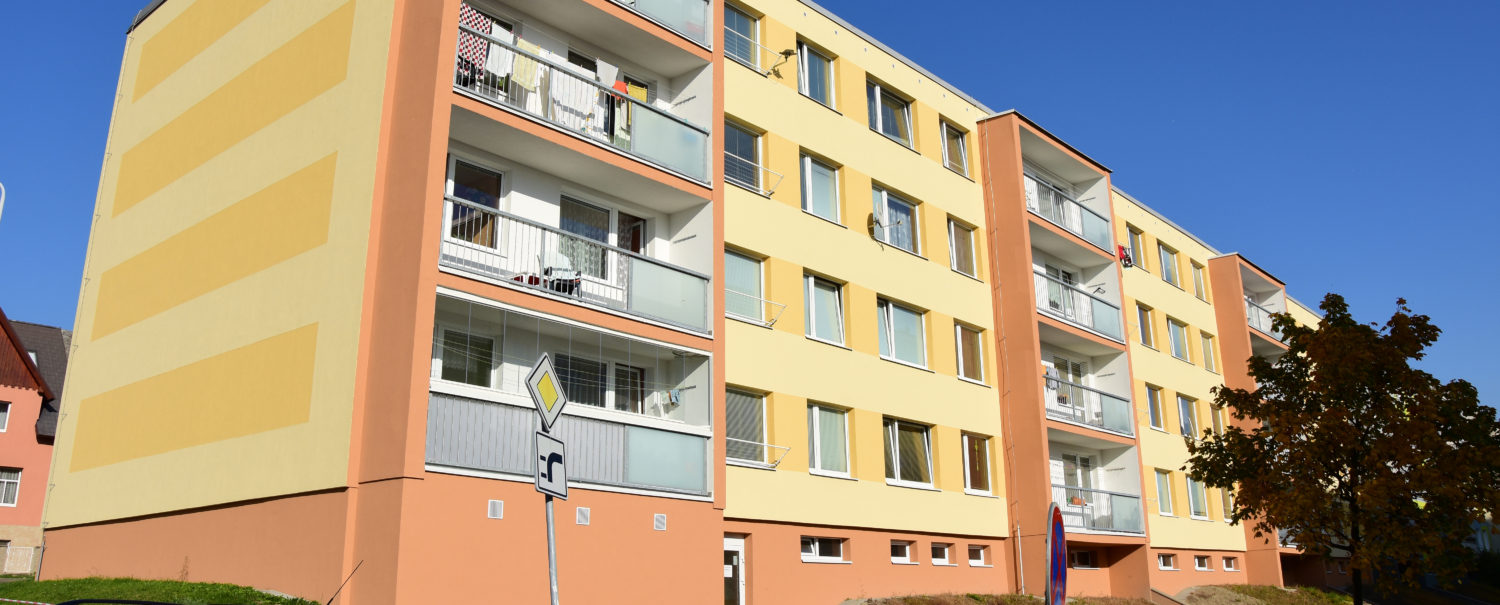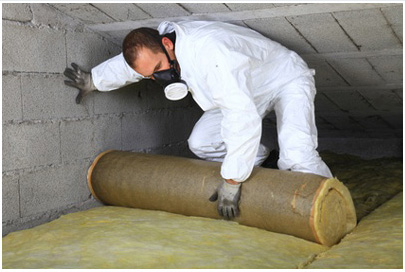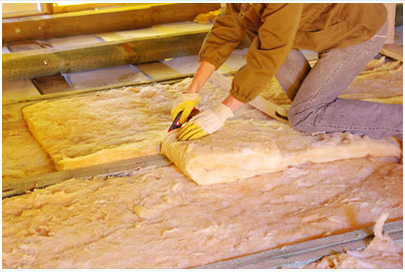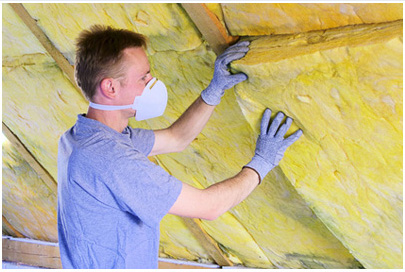




OPTIONS OF REDUCING HEAT LOSS THROUGH CEILINGS





In older buildings , especially in one-storey houses the losses through ceilings form a relatively large part of the total heat loss of the house . In multi-storey buildings are the heat losses through ceilings in the last floor relatively small , yet for residents of the top floor apartments still uncomfortable . T here are several ways how to significantly reduce such heat losses.

Insulation placed over the ceiling - on the attic floor
This method is particularly advantageous where the attic is not used. Simple insulation of attic floor can be done by simply placing the thermal insulation made of mineral fibres. We can not of course forget the vapour barrier at the bottom of insulation to prevent moisture condensation. However, attic insulated in such a way could not be used for storage, it would be non-trafficable.
If you wish the attic to be trafficable, insulation is put in the wooden grate, covered with oriented strand boards.
Creating and insulating an attic
Here, the main effect is getting a new living space , however, the problem of heat loss through the ceiling is solved either. In terms of placement of the thermal insulation, there are two methods - thermal insulation between rafters and insulation over rafters.


Insulation between rafters
This type of attic insulation is still by far the most common: its main advantage is that the work is performed from inside the attic space and we do not interfere in the roofing.
Since the roof beams are usually only 15 cm high and the recommended insulation thickness is at least 20 cm, we solve this by using liners , which extend beams inwards, or we put two layers of insulation, first between the rafters and then under the rafters from inside . This also, for the most part, eliminates the influence of the thermal bridge effect caused by wooden beams , which constitute about 15 % of the roof area and whose thermal conductivity is almost 4 times higher than that of the insulating material.
BASEMENT INSULATION – INSULATION UNDER CEILINGS
Do you live in a house with a cellar underneath and do you have cold feet at home in winter? A part of the heat from heated living rooms escapes to places with lower temperature , e.g. cellars or basements unheated spaces.
In a house with an uninsulated floor you loose approximately up to 10 % of heat.
Insulation of the ceiling from the unheated room side is the recommended solution, advantageous in terms of heat accumulation in insulated ceiling structure. Another advantage is that there is usually enough space for sufficiently thick thermal isolation in the ceiling.
Contact insulation system
Ceiling insulation is realized in the same way as the insulation of exterior facades . Insulation boards are the basic element for insulation ( polystyrene facade boards or mineral fibre facade boards ). The boards are glued to the ceiling using adhesives and mechanically anchored using plate anchors . As a surface finish can be applied plaster or a coat of paint.
Milled insulation lamellas
These are lamella boards made of rock wool with bevelled outer edges and a white coat finish. Lamellas are fully bonded to bond overlapping, mostly by half or eventually by a quarter , making an impressive finely structured surface . With this resulting visual appearance, there is no need to perform any additional surface finish. The bevelled edge of the board allows the optical surface levelling on uneven ground.

Mineral wool insulation with plasterboard covering
This solution is useful where there are higher requirements on the aesthetic quality. Insulation is done with a soft mineral wool , which is inserted into a grid of galvanized steel profiles ( the alternative is to make a ceiling construction of wood laths ). The entire structure is then covered with plasterboards.
